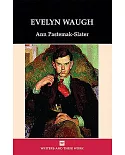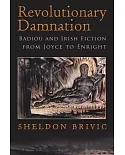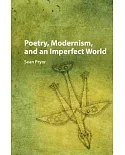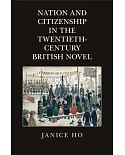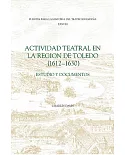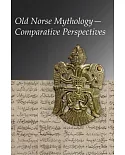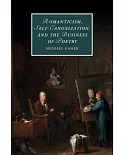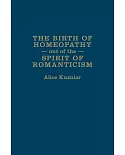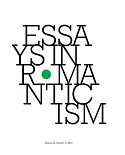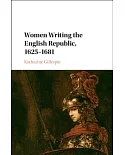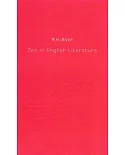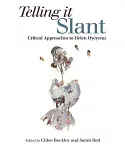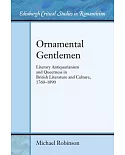Emile Zola's reputation as a landmark European novelist is undisputed. His monumental achievement, the novel cycle Les Rougon-Macquart: Histoire naturelle et sociale d'une famille sous le
Second Empire (1871羅1893), fixed his status as a major writer in the naturalist tradition. Is there any more to be said?
Susan Harrow answers boldly in the affirmative, challenging the commonplace view that Zola's writing is predictable, prolix and transparent (what Barthes called 'readerly', for which read
'tedious'). Harrow exposes the modernist and postmodernist strategies which surface in the Romon-Macquart novels, and reveals Zola's innovatory representation of the body captured here at work,
at war, at play, at rest, and in arresting abstraction. Informed by critical thought from Barthes and Deleuze to Michel de Certeau and Anthony Giddens, Zola, the Body Modern offers a model for
how we can revitalize our understanding of the canonical nineteenth-century European novel, and learn to travel more flexibly between parameters of century-, style and aesthetics.



